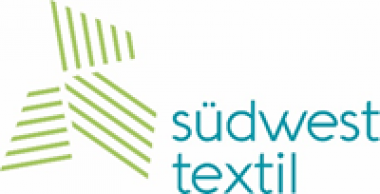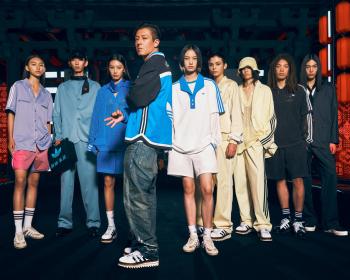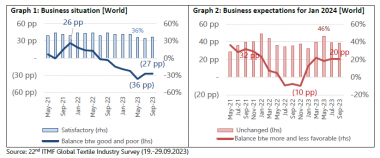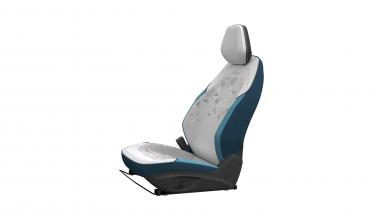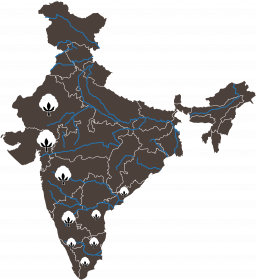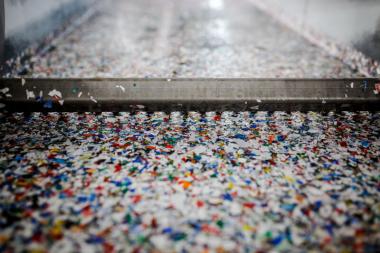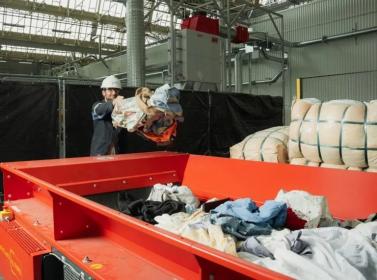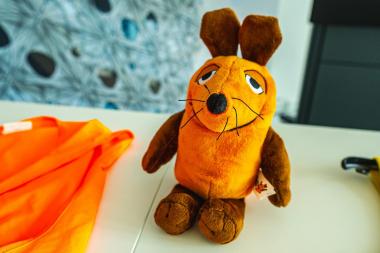Edina Brenner Beiratsvorsitzende der TEXOVERSUM Experts & Training Hub gGmbH
Als Plattform für Aus- und Weiterbildung in der Textil- und Bekleidungsindustrie, wird die TEXOVERSUM Experts & Training Hub gGmbH auch in Zukunft eng mit der Branche in der Entwicklung ihrer Angebote zusammenarbeiten. Um diese Verbindung engmaschig zu gestalten, hat der fünfköpfige Beirat des Hubs im Oktober erstmalig getagt. Dabei wurde Südwesttextil-Hauptgeschäftsführerin Edina Brenner zur Vorsitzenden gewählt, Stewllvertreter ist Holger Bache.
Mitglieder des Beirats sind:
- Holger Bache, Vice President Technical Product Development Tailoring Men & Women, Hugo Boss AG
- Edina Brenner, Hauptgeschäftsführerin, Südwesttextil e.V.
- Maximilian d'Huc, Senior Vice President Human Resources, CHRO HARTMANN Group, Paul Hartmann AG
- Jochen Digel, Vorstand, Digel AG
- Beatrice Lederer, Geschäftsführerin, Jörg Lederer GmbH
Der Beirat wird die langfristige Vision der TEXOVERSUM Experts & Training Hub gGmbH aktiv mitgestalten. Insbesondere die Schwerpunkte der Aus- und Weiterbildungsinhalte und dadurch die Akquisition und Festigung von Fachkräften für Unternehmen begleiten. Die TEXOVERSUM Experts & Training Hub gGmbH strebt eine umfassende ganzheitliche Fachkräftesicherung an, indem sie überregionale Kooperationen fördert und Maßnahmen zur Steigerung der Attraktivität von Unternehmen der Textilverarbeitung entwickelt. Gleichzeitig engagiert sie sich für die Integration von Personen, die auf dem regulären Arbeitsmarkt benachteiligt sind oder Schwierigkeiten beim Zugang zu Beschäftigungsmöglichkeiten haben.
TEXOVERSUM Experts & Training Hub gGmbH


